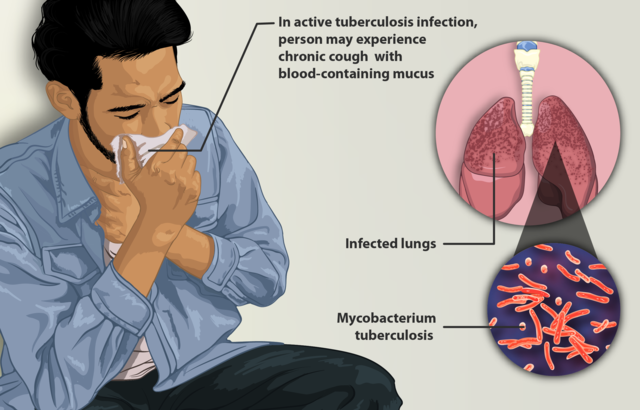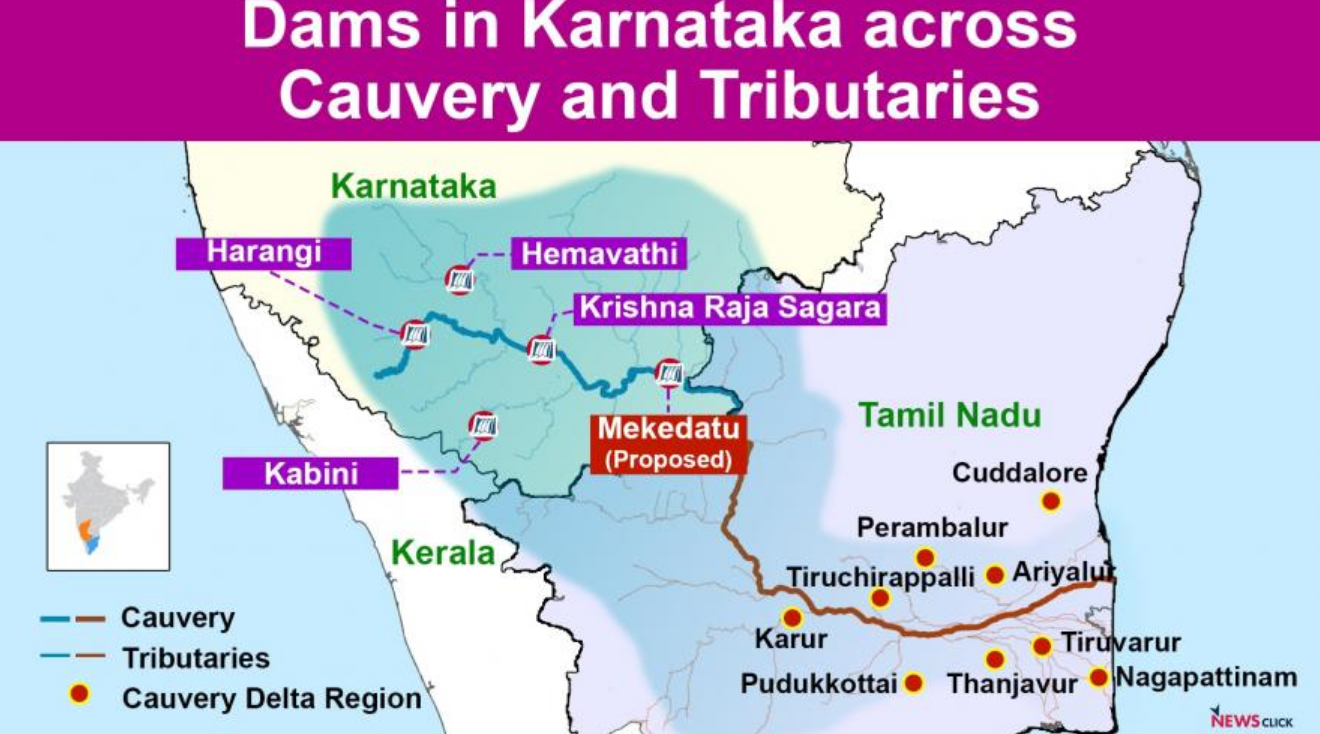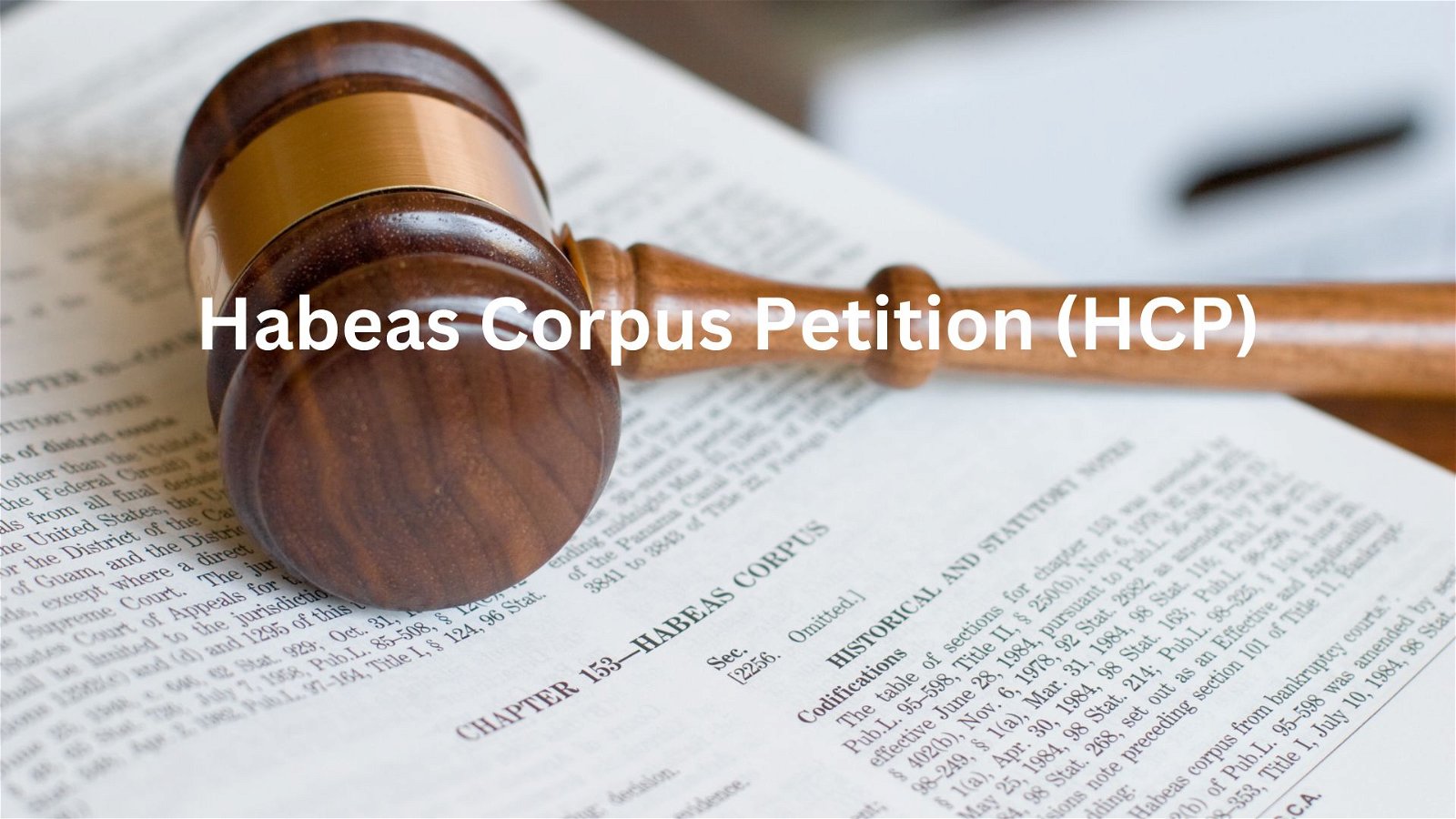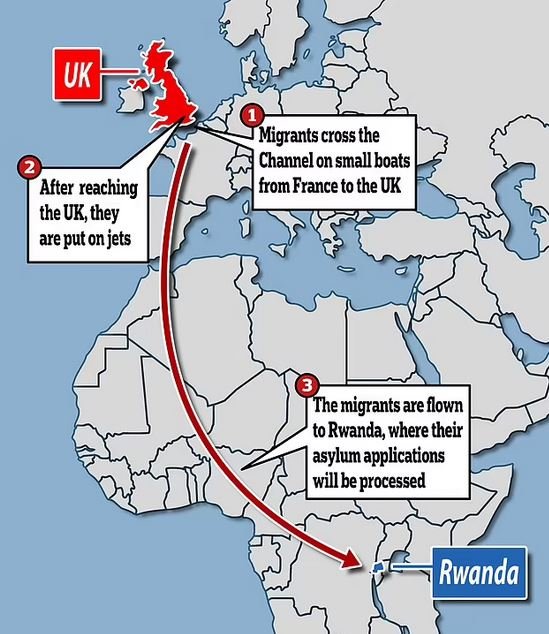
Current Affairs for UPSC Civil Services Exam – April 09, 2024
Subscribers of "Current Affairs" course can Download Daily Current Affairs in PDF/DOC
Subscribe to Never Miss an Important Update! Assured Discounts on New Products!
Must Join PMF IAS Telegram Channel & PMF IAS History Telegram Channel
{GS3 – IE – Banking} STB-PhonePe to promote UPI
- Context (TH): The Singapore Tourism Board (STB) and Bengaluru-based fintech firm PhonePe have entered into a two-year strategic partnership.
- This partnership will promote the Unified Payments Interface (UPI) for Indians travelling in Singapore.
- Indian travellers can now use the PhonePe app to make instant payments to merchants in Singapore.
- The pact builds upon the existing UPI linkage between India and Singapore.
- The aim is to enhance the traveller’s experience and promote curated deals.
To know more, visit > Internationalisation of UPI.
{GS3 – IE – Consumption} New Methodology for the HCE Survey
- Context (TH): The National Sample Survey (NSS) Office released the key results of the Household Consumption Expenditure Survey (HCES) 2022-23 in late February.
Changes in methodology and implications
- Updated item coverage: Keeping in view the latest consumption behaviour.
- Splitting of the single questionnaire: Three questionaries instead of one, covering food items, consumables and services items, and durable goods. Earlier, Using a single questionnaire during one visit often resulted in long interviews –> the possibility of fatigue and under-reporting.
- Method of stratification for sampling: While in HCES 2011-12, every district was considered as a basic stratum for rural and urban areas, the new HCES considers a State/UT as the basic stratum.
- Representation of all districts: Earlier, every district with some minimum sample allocation was represented in both the rural and urban samples; the new HCES does not ensure the same.
- Stratification of households: All the households of a selected village/urban block are classified into three groups depending on a criterion (Rural areas: possession of land, urban areas: possession of four-wheeler cars for non-commercial use).
- Earlier stratification in the HCES 2011-12 was based on the average MPCE of the households, with the top 10%, middle 60% and bottom 30% forming the three strata.
- While the latest change will help us derive more reliable estimates of the average MPCE, we are also now unable to compare the current estimates.
{GS3 – IE – Development} Report on the current state of the Indian economy
- Context (IE): This article discusses India’s various current economic aspects such as, GDP growth, inflation, consumption trends, investment activities, foreign investments, financial indicators
Economic Growth
- Recent data shows GDP growth at 8.4% in the third quarter of 2023-24.
- Purchasing Managers’ Index (PMI) Manufacturing at a 16-month high of 59.1 in March.
- The Indian economy is currently in a good position with strong growth. However, few concerns remain.
Concerns
- GDP growth is primarily driven by investment, with consumption growth lagging behind.
- Consumption GDP grew by 3% this year, compared to a pre-pandemic growth of 7% in 2018-19.
- This indicates weaker consumer spending despite overall economic growth.
- FMCG and apparel sectors are affected by cautious consumer spending.
- Concerns remain about potential layoffs and weak hiring in the IT sector impacting urban consumer sentiments.
Positive signs
Rural demand
- It was previously low but is now showing signs of improvement.
- According to a Nielsen report, FMCG volume growth in rural areas increased from 2.2% to 6.2% in the second half of 2023.
- Two-wheeler sales, a rural demand indicator, are also improving.
- Assuming a normal monsoon, overall consumption demand is expected to increase.
Private investment
- Private investment is crucial for sustained momentum in growth.
- There’s been increased private sector investment in sectors like steel, cement, petrochemicals, automobiles, aluminium, and renewable energy.
- Capital goods companies have seen a sharp increase in their order books in the last fiscal year.
- Manufacturing sector capacity utilisation is at 74%, close to the long-term average.This suggests that the private capex cycle may accelerate in the coming quarters.
- CMIE data shows an increased intent by the private sector to invest in projects.
Capex
- The government remains focused on capital expenditure (capex) to stimulate growth.
Structural developments
- Digitalisation and increased formalisation appear to have pushed India’s potential growth to a higher level.
Services-led exports will help in reducing the Current Account Deficit
- While merchandise exports were weak due to the global slowdown, services exports remained healthy.
- Software services, business consulting, and travel services showed good performance.
- Healthy remittances and services exports are expected to keep India’s current account deficit low at 0.6-0.7% of GDP in 2023-24 and around 1% in 2024-25
Foreign Investments
- Strong foreign institutional investor (FII) inflows have been observed, while net foreign direct investment (FDI) inflows have slowed down.
- FII inflows reached $41 billion in 2023-24, compared to net outflows of $5.5 billion in the previous year.
- This has boosted India’s forex reserves to around $643 billion.
- Continued strong FII inflows are expected in 2024-25 due to the inclusion of Indian government bonds in global indices. However, caution is needed due to the volatile nature of these inflows.
Inflation
- CPI inflation has decreased below the RBI’s upper target band of 6%.
- Core inflation has been below 4% for the past three months, mainly due to disinflation in the services sector.
- However, high food inflation, particularly in vegetables (30%), pulses (19%), and spices (14%), remains a concern.
- Assuming a normal monsoon, CPI inflation is expected to decrease to around 4.8% in 2024-25 from an estimated 5.4% in 2023-24.
Credit Growth
- Despite higher interest rates, retail credit has significantly increased in the Indian economy. To address risks, the RBI raised the risk weightage for unsecured personal loans. This action has slowed down the growth of personal loans, but it’s still around 18%.
- The trend of high retail credit growth is expected to continue due to changing consumption and saving patterns and easy access to credit.
- Currently, there are no indications of strain in banks’ retail loans.
- The credit ratio is healthy at 1.92 in the second half of 2023-24.
Concerns
- Although overall bank credit growth has been robust, deposit growth has been comparatively low.
- This presents liquidity challenges for banks and squeezes their net interest margins.
- Despite this, the positive aspect is that banks’ asset quality remains good.
Way forward
- This is an opportune phase for the government to continue focusing on fiscal consolidation and reducing the public debt that shot up during the pandemic.
{GS3 – IE – Trade} Anti-dumping duty on Sodium Cyanide
- Context (TH): The Directorate General of Trade Remedies (DGTR) has recommended imposing an anti-dumping duty on sodium cyanide (NaCN).
- It includes sodium cyanide (NaCN) imported from China, the European Union, Japan, and Korea.
- DGTR recommended Anti-dumping duty for five years.
- DGTR investigated the issue in accordance with the Customs Tariff Act, 1975 and the Customs Tariff (Identification, Assessment and Collection of Anti-dumping Duty on Dumped Articles and for Determination of lnjury) Rules, 1995.
- Losses to domestic industry: Despite the capacity expansion faced due to high volumes of dumped imports, suppressed prices, production declines and financial losses,
- Current situation has forced domestic players to suspend production due to economic non-viability.
Sodium Cyanide
- Appearance: White crystalline solid, lump solid or powder.
- Chemical formula: NaCN
- Uses: Insecticide, test reagent for chemoreceptors, extraction of gold and silver from ores, electroplating and the heat treatment of metals, etc.
To learn more about Anti-Dumping Duty, visit > Quality Control Orders.
{GS3 – S&T – AI} Regulating AI
- Context (TH): The artificial intelligence (AI) space has seen certain developments that have been crucial to its regulation in recent years.
Need for AI regulation
- Risks associated with AI systems and the urgent need to promote responsible use of AI.
- It was recognised that unethical and improper use of AI systems would impede the achievement of the 2030 Sustainable Development Goals (SDGs).
- The plausible adverse impact of AI on the workforce also calls for regulation.
For more information, visit > Need for Regulating AI.
UNGA resolution on AI regulation
- In March 2023, UNGA approved the first United Nations resolution on artificial intelligence.
- It supported international efforts to ensure that the powerful new technology benefits all nations, respects human rights, and is “safe, secure, and trustworthy.“
- Sponsored by the US and co-sponsored by 123 countries, including China, was adopted by consensus.
- Aims to close the digital divide between rich developed countries and poorer developing countries.
- It also aims to ensure that developing countries have the technology and capabilities to take advantage of AI’s benefits, including detecting diseases, predicting floods, helping farmers, and training the next generation of workers.
EU’s approach
- The EU recently passed the AI Act, establishing rules and regulations governing AI systems.
- Risk-based approach: Categorises systems into four categories, namely unacceptable, high, limited, and minimal risks, and prescribing guidelines for each.
- Absolute ban on applications that risk citizens’ rights, including manipulation of human behaviour, emotion recognition, mass surveillance, etc.
- Allows exemptions for law enforcement with prior judicial/administrative authorisation.
- The compliance burden is placed on business enterprises and start-ups.
China’s stand on AI
- It focuses on prompting AI tools and innovation while safeguarding against any future harm to the nation’s social and economic goals.
- Three focus issues — content moderation, personal data protection and algorithmic governance.
- Content moderation: This includes the identification of content generated through any AI system.
- Personal data protection: Specific focus on the need to procure users’ consent before accessing and processing their data
- Algorithmic governance: A focus on security and ethics while developing and running algorithms over any gathered dataset.
U.K.’s Framework
- A principled and context-based approach requires mandatory consultations with regulatory bodies, expanding its technical know-how and expertise.
- U.K. resorts to a decentralised and more soft law approach rather than opting to regulate AI systems through stringent legal rules.
- Earlier, United States and the United Kingdom signed an agreement to work together to develop tests for the most advanced artificial intelligence (AI) models, effective immediately.
India’s Position
- India AI mission was approved to further its AI ecosystem through enhanced public-private partnerships and promote the start-up ecosystem.
- Ministry of Electronics and Information Technology (MeitY) issued an advisory to the AI industry.
- India’s response must align with its commitment towards the SDGs while ensuring economic growth.
- Gradual phase-led approach appears more suitable for India’s efforts towards a fair & inclusive AI.
To know more, visit > Artificial Intelligence.
{GS3 – S&T – ISRO} Significance of ISRO’s POEM-3
- Context (TH): ISRO recently announced that its PSLV Orbital Experimental Module-3 (POEM-3) re-entered the Earth’s atmosphere without leaving any debris in orbit.
Why POEM-3 is significant?
- The increasing number of satellites orbiting the Earth has led to a significant concern of space debris.
Increasing number of satellites
- LEO contains satellites for various purposes like intelligence data tracking, encrypted communication, and navigation.
- The Low Earth Orbit (LEO) ranges from 100 km to 2000 km above the Earth’s surface.
- According to ISRO’s Space Situational Assessment report, 2,533 objects were launched into space through 179 launches worldwide in 2022.
- ISRO estimates suggest that by 2030, the number of space objects larger than 10 cm in size in Low–Earth Orbit (LEO) could reach about 60,000.
- Currently, there are approximately 7,000 operational satellites circling the Earth at various altitudes.
- Alongside operational satellites, there are millions of pieces of space debris present in Earth’s orbit.
- Space debris also exists in the Geosynchronous Orbit (GEO), situated 36,000 km above the Earth’s surface.
Space X’s Starlink mission is a concern
- Space X is a significant contributor to the increasing number of satellites. Space X is constructing a large constellation of 12,000 satellites known as Starlink to offer internet services globally. The completion of the Starlink project is anticipated by 2027.
- Additionally, Space X has applied to a second generation of Starlink satellites, consisting of 30,000 satellites in Low Earth Orbit (LEO).
- With the launch of more communication satellites and constellations and increased anti-satellite tests, on-orbit breakups and collisions are rising.
- These events produce smaller fragments that add to the space debris in orbit.
|
Problem of increasing Satellites
- The increase in satellites orbiting the Earth has led to a problem called space debris. This debris moves at speeds of up to 27,000 kilometres per hour.
- Because of its large quantity and high speed, space debris poses a risk to various space assets.
- Space debris poses two significant risks:
- It creates unusable regions in orbit due to excessive debris accumulation and contributes to the ‘Kessler syndrome.’
- The Kessler syndrome refers to the scenario where one collision leads to cascading collisions, generating even more debris in orbit.
How are space agencies dealing with debris?
- There are no international space laws specifically addressing Low Earth Orbit (LEO) debris.
- However, many countries involved in space exploration follow the Space Debris Mitigation Guidelines from 2002.
Space Debris Mitigation Guidelines
- These guidelines are set by the Inter-Agency Space Debris Coordination Committee (IADC). The United Nations endorsed these guidelines in 2007.
- It provides methods to reduce accidental collisions, operational break-ups, intentional destruction, and post-mission break-ups in orbit.
- They discourage the prolonged presence of spacecraft and launch vehicle stages in Low Earth Orbit (LEO) and minimise their impact on the Geosynchronous Earth Orbit (GEO) region.
NASA
- NASA established its Orbital Debris Program in 1979 to develop strategies for reducing orbital debris and creating equipment to track and remove existing debris.
- Currently, the Space Force, a branch of the U.S. Armed Forces, monitors space debris and potential collisions in LEO.
- However, no technology exists yet to clean up space debris, and most cleanup ideas are still in the conceptual stage.
European Space Agency (ESA)
- It has implemented a Zero Debris charter to address space debris concerns, aiming for zero debris by 2030. ESA advocates for other space agencies to adopt similar initiatives to mitigate space debris.
Developing Technologies
- China recently launched a spacecraft designed to de-orbit its defunct satellites. The spacecraft pushes defunct rocket parts towards Earth for faster re-entry.
- Japan is also addressing space junk with its Commercial Removal of Debris Demonstration (CRD2) project. JAXA is currently conducting tests for this spacecraft.
- Private companies in Japan and China are competing for debris clean-up contracts.
- Japan’s Astroscale is developing a method to refuel and repair satellites in space, extending the lifespan of de-orbiting missions.
- China’s Origin Space has launched a prototype robot equipped with a large net to capture debris.
- ISRO has established a Space Situational Awareness Control Centre to safeguard its valuable assets from potential collisions with inactive satellites and orbiting debris.
- Additionally, an Indian start-up named Manastu Space is focusing on technologies such as in-space refuelling, satellite de-orbiting, and satellite life extension.
To know about POEM and its use case, visit > What is POEM?
{GS3 – S&T – Tech} Superconductors
- Context (TH| TH): Ranga Dias, a professor at the University of Rochester, claimed to discover a room-temperature superconductor last March. Nature’s team found that he fabricated, falsified, and plagiarised data.
About Superconductors
- A superconductor is a material that achieves superconductivity, which is a state of matter that has no electrical resistance and does not allow magnetic fields to penetrate.
- Superconductivity can only typically be achieved at very cold temperatures. For instance, aluminium becomes a superconductor at temperatures below -250°C.
- Not all become superconducting when cooled below a certain critical temperature.
- The credit for the discovery of superconductivity goes to Dutch physicist Heike Kamerlingh Onnes.
- Because superconductors have no electrical resistance, no heat is generated.
-
Application:
- Superconducting electromagnets are also used in maglev trains, experimental nuclear fusion reactors and high-energy particle accelerator laboratories.
- Superconductors are also used to power railguns and coilguns, cell phone base stations, fast digital circuits and particle detectors.
- Also used in quantum computers.
- Researchers are now trying to find and develop superconductors that work at higher temperatures.
Science behind Superconductors
- When a metal drops below a critical temperature, the electrons in the metal form bonds called Cooper pairs.
- Locked up like this, the electrons can’t provide any electrical resistance, and electricity can flow through the metal perfectly. However, this only works at low temperatures.
- When the metal gets too warm, the electrons have enough energy to break the bonds of the Cooper pairs and go back to offering resistance.
{Prelims – Envi – Species} Chital (Axis axis)
- Context (IE): Chital has become an invasive problem in Netaji Subhash Chandra Bose Island.
- The chital or cheetal (Axis axis), also known as the spotted deer, chital deer, and axis deer, is an attractive deer species native to the Indian subcontinent.
- They are a moderate-sized deer ranging from golden to rufous in colour.
- Physical description: They are strongly sexually dimorphic: males are much larger than females and grow large, lyre-shaped antlers.
- They have white fur on their abdomen, rump, throat, ears and on the inner side of their tails.
- Diet: Primarily short grasses, also herbs and foliage.
- Habitat: They inhabit open deciduous forests and grasslands.
- Distribution: The chital ranges over 8–30°N in India, Nepal, Bhutan, Bangladesh and Sri Lanka.
- Conservation Status: IUCN: Least Concern
- Threats: Illegal hunting, habitat loss and degradation due to human encroachment and spread of invasive alien species.

{Prelims – In News} Satpula Dam
- Context (IE): Satpula Dam was recently in the news.
- Satpula dam was built in 1340 by Mohammad Bin Tughlaq.
- The dam served two purposes:
- Providing a reliable source of water for irrigation, and
- Acting as a defence against possible intruders.
- The dam got its name from the seven arches through which water used to flow from a canal originating from the Aravallis.
- It was built using Delhi quartz — a stone found in the Aravallis.
- It served as a boundary wall for Jahapanah — the fourth city of Delhi.
- The dam finds mention in Sir Sayyid Ahmad Khan’s Asar-us-Sanadid (The Remnant Signs of Ancient Heroes) — considered among the first books describing Delhi’s numerous monuments in vivid detail.
- The dam also has spiritual value. Since Sufi saint Nasiruddin Mahmud (popularly known as Chirag Dehlavi) used to live nearby, people used to believe that the canal water had healing properties.
{Prelims – In News} Suvidha Portal
- Context (PIB): Over 73,000 applications have been received on the Suvidha Portal since the announcement of General Elections 2024.
- The Suvidha portal is a technological solution developed by the Election Commission of India to ensure a level playing field upholding the democratic principles of free, fair and transparent elections.
- The Suvidha Portal operates on the principle of ‘First in, First out’, ensuring equal treatment for all parties and candidates.
- The portal caters to permissions for organising rallies, opening temporary party offices, door-to-door canvassing, video vans, helicopters, obtaining vehicle permits, distributing pamphlets.

{Prelims – S&T – Defence} Angara A5 Space Rocket
- Context (TH): The first launch of the Angara A5 space rocket from Russia’s Vostochny Cosmodrome will take place.
- This three-stage rocket is capable of delivering up to 24.5 tonnes of payload into the low orbit.
- It is being developed to replace Russia’s Proton M as Russia’s heavy-lift rocket, which has been in operation since the mid-1960s.
|
{Prelims – S&T – Defence} INS Sharda
- Context (IE | TH): INS Sharda was awarded the ‘On-the-spot Unit Citation’ for successful conduct of anti-piracy operations.
- The ship was tasked to investigate the Iranian fishing vessel “Omari” that was likely hijacked by pirates.
- INS Sharda is a Sukanya class patrol vessel of the Indian Navy.
- The Sukanya-class patrol vessels are large, offshore patrol craft in active service with the Indian Navy.
- The Sukanya class have large hulls, although they are lightly armed since they are utilised primarily for offshore patrol of India’s exclusive economic zone.





![PMF IAS Environment for UPSC 2022-23 [paperback] PMF IAS [Nov 30, 2021]…](https://pmfias.b-cdn.net/wp-content/uploads/2024/04/pmfiasenvironmentforupsc2022-23paperbackpmfiasnov302021.jpg)












